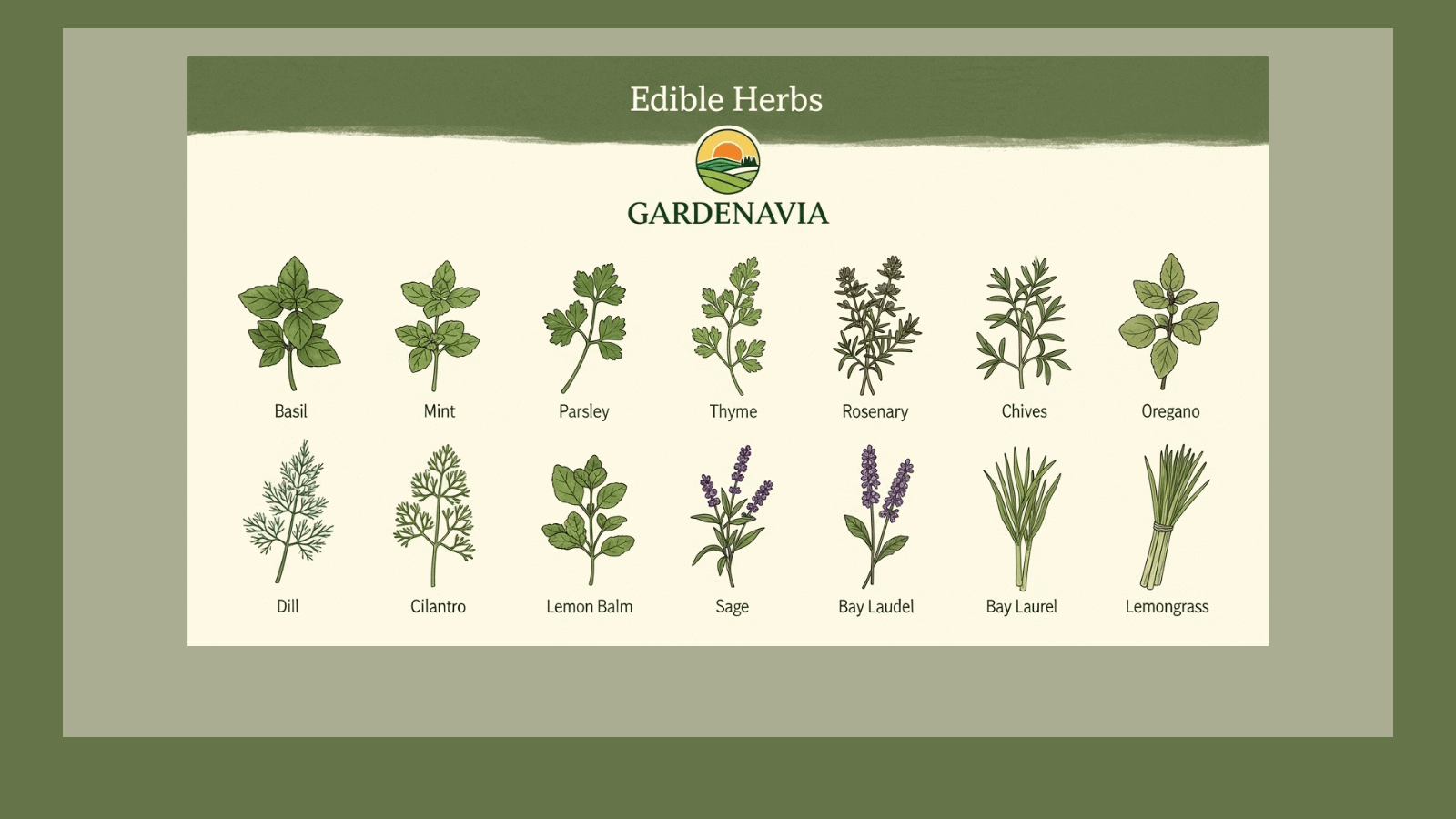Top 15 Edible Herbs You Can Grow at Home
Introduction
Let’s face it: nothing beats the joy of plucking fresh herbs right from your kitchen windowsill. Whether you’re tossing basil into pasta or steeping mint in tea, the magic of edible herbs begins at home. In this guide to the Top 15 Edible Herbs You Can Grow at Home, I’ll walk you through the easiest and most flavorful herbs to grow—no green thumb required!
Ready to turn your kitchen into a mini farmer’s market? Let’s get growing!
1. Basil – The Bold Buddy of Pasta Lovers
Why Grow It?
Basil is a fast-growing, sun-loving herb that’s practically made for beginners. It’s one of those easy-to-grow herbs that instantly elevates any dish.
Quick Facts:
- Light: Full sun
- Water: Keep soil consistently moist
- Best Used In: Pesto, pasta, salads
Growing Tips:
- Pinch off flowers to promote leaf growth.
- Grow in pots or garden beds for flexibility.
Benefits & Uses:
Basil is rich in antioxidants and contains anti-inflammatory compounds like eugenol. It helps promote digestion and may even offer mild antibacterial benefits. Use it fresh in salads, caprese, or infused oils for a flavor-packed punch.
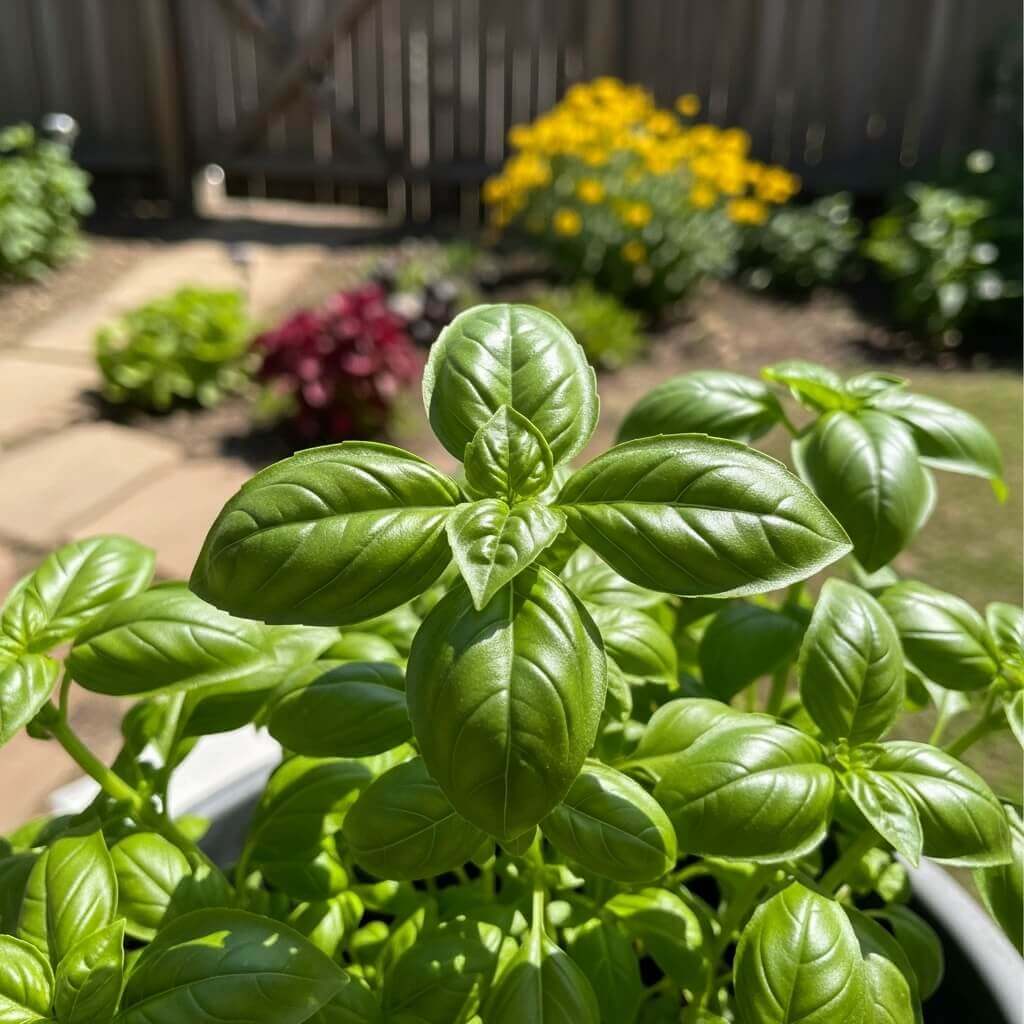
2. Mint – The Refreshing Overachiever
Why Grow It?
Mint spreads fast—like your aunt’s gossip at a family dinner. But it’s ideal if you want herbs to grow in bulk.
Quick Facts:
- Light: Partial sun to shade
- Water: Keep soil damp
- Best Used In: Teas, mojitos, sauces
Growing Tips:
- Grow in containers to keep it from taking over.
- Harvest often to control growth.
Benefits & Uses:
Mint is well known for its cooling sensation and digestive benefits. It’s great for relieving headaches and freshening breath. Use it in teas, desserts, or as a garnish to liven up your drinks.
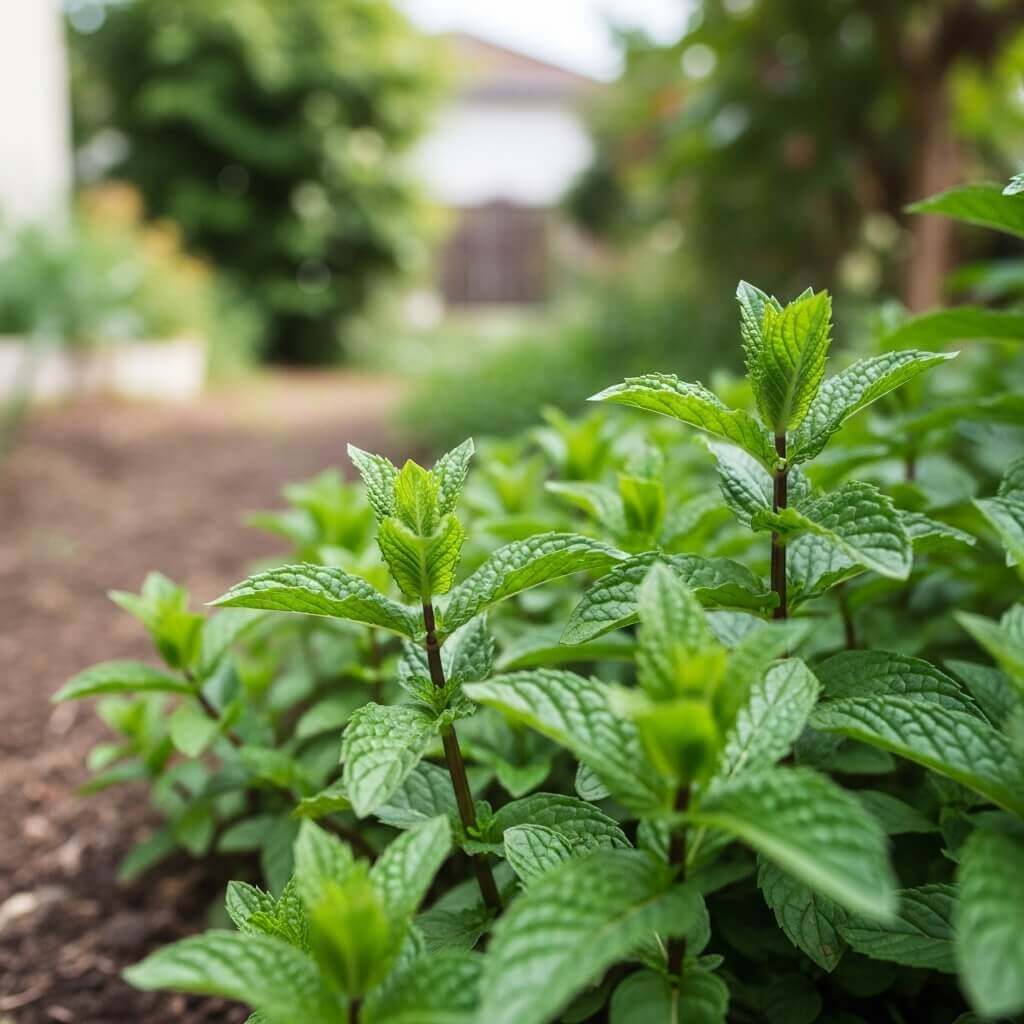
3. Parsley – The Underrated Garnish That Delivers
Why Grow It?
It’s not just a decoration! Parsley is rich in nutrients and surprisingly easy to maintain.
Quick Facts:
- Light: Full to partial sun
- Water: Regular watering
- Best Used In: Soups, tabbouleh, garnishes
Growing Tips:
- Soak seeds overnight before planting.
- Trim regularly to keep it thriving.
Benefits & Uses:
Parsley is packed with vitamin C, K, and iron. It’s great for boosting immunity, supporting bone health, and freshening breath. Use it in smoothies, sauces, or as a vibrant topping.
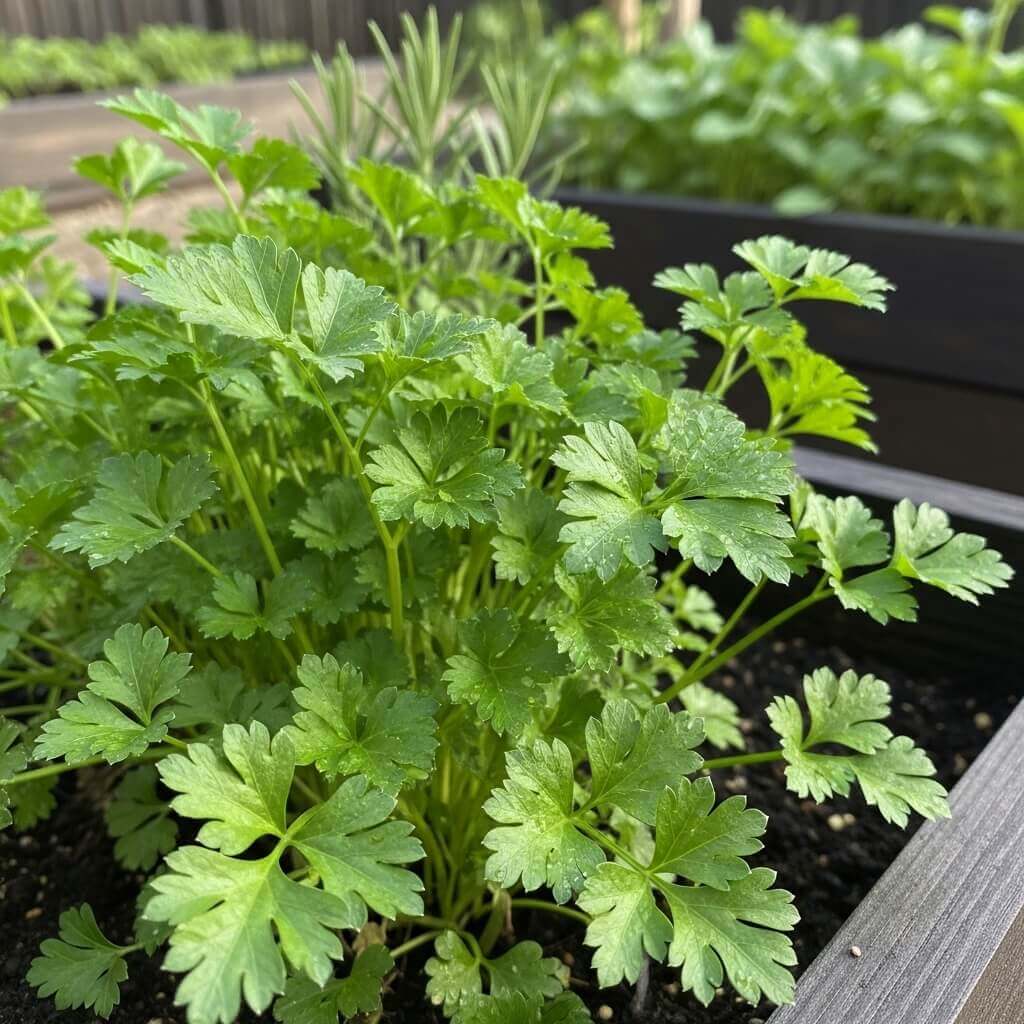
4. Thyme – Tiny Leaves, Huge Flavor
Why Grow It?
Thyme is the herb equivalent of a pocket knife—compact and incredibly useful.
Quick Facts:
- Light: Full sun
- Water: Let soil dry between watering
- Best Used In: Roasts, stews, marinades
Growing Tips:
- Prune after flowering to encourage new growth.
- Great for container gardens.
Benefits & Uses:
Thyme has antimicrobial properties and is commonly used for cough relief. It supports respiratory health and enhances savory dishes with its earthy aroma. Add it to roasted veggies, meat rubs, or even homemade cleaning products.
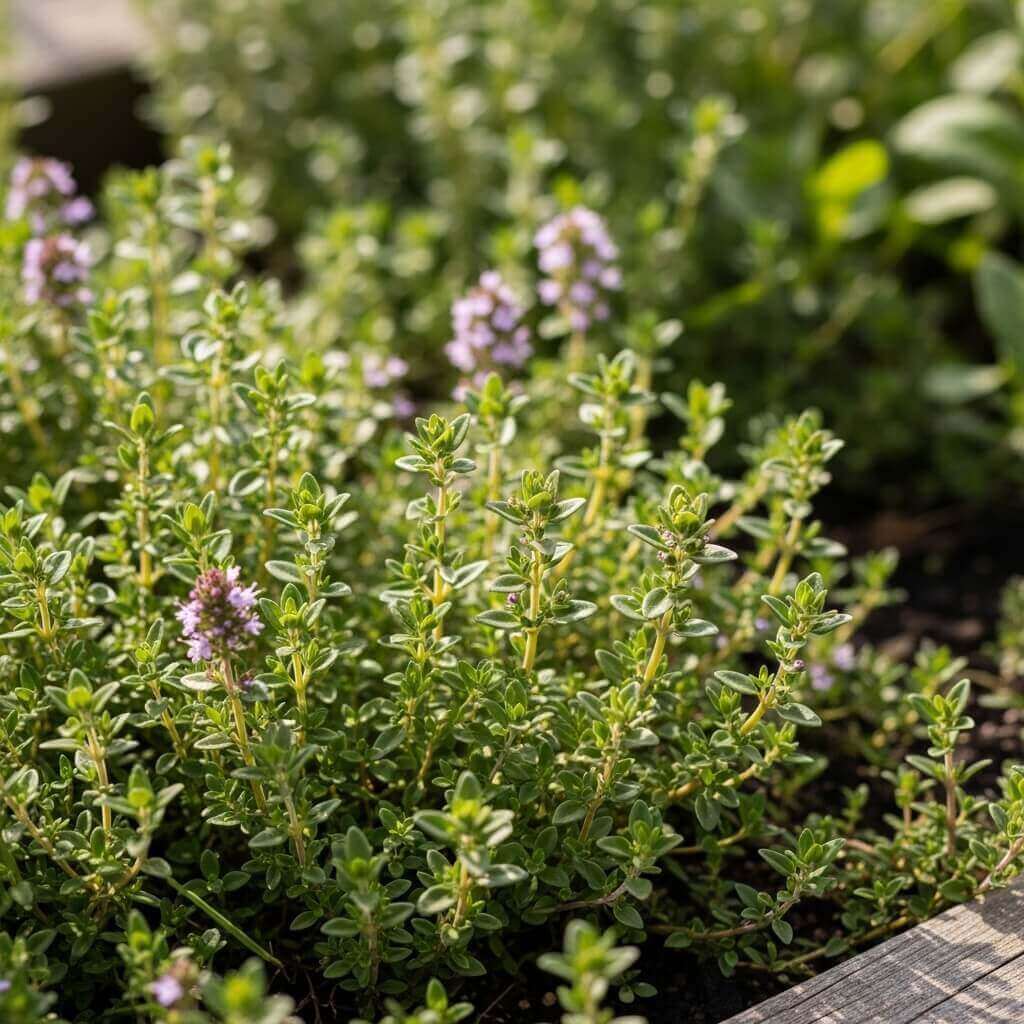
5. Rosemary – The Woody Wonder
Why Grow It?
Grow herbs at home that double as edible air fresheners. Rosemary smells heavenly and flavors even better.
Quick Facts:
- Light: Full sun
- Water: Drought-tolerant
- Best Used In: Potatoes, meats, bread
Growing Tips:
- Avoid overwatering.
- Bring indoors in cold climates.
Benefits & Uses:
Rosemary is known to boost memory and reduce stress. It’s also rich in antioxidants. Use it in roasted meats, infused oils, or steep it in hot water for an herbal hair rinse.
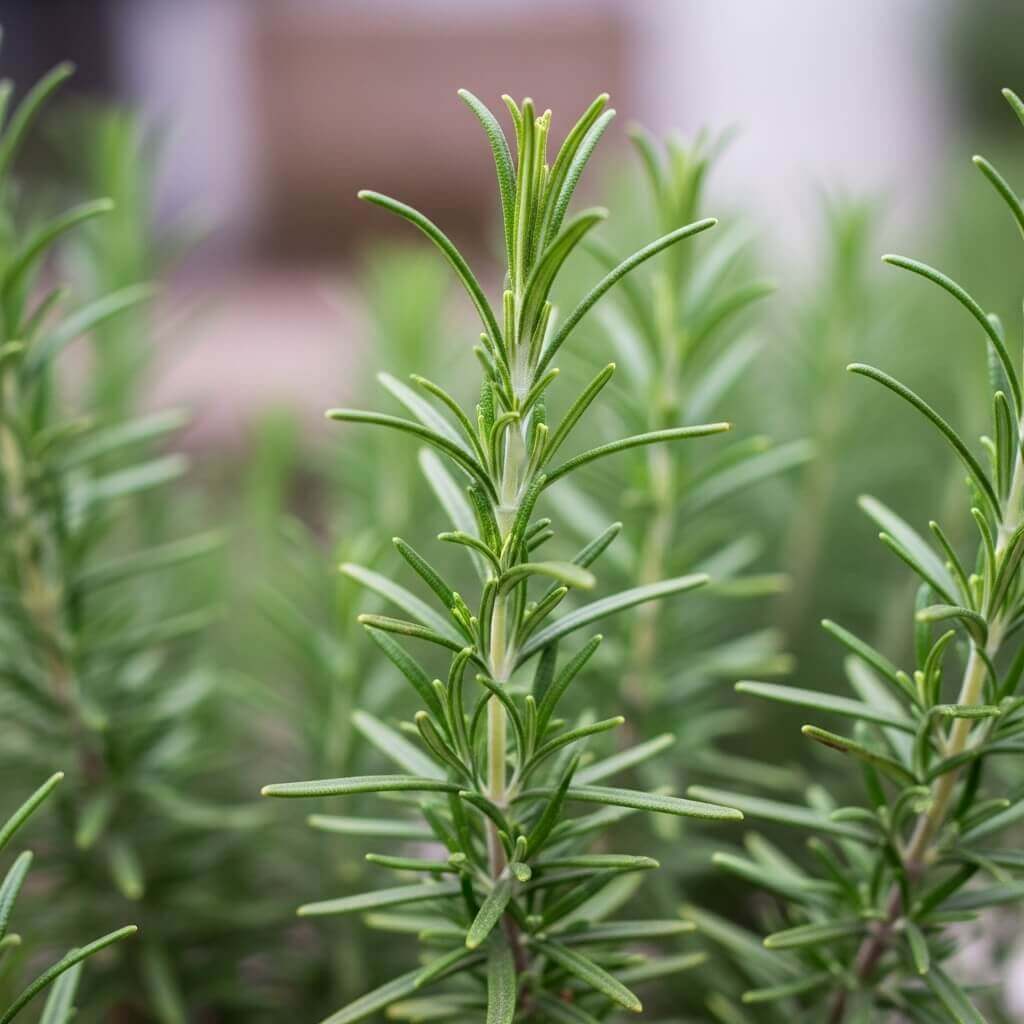
6. Chives – Mild Onions, Maximum Magic
Chives grow quickly and bounce back from harvests like a champ. Snip, sprinkle, repeat.
Benefits & Uses:
Chives are high in vitamin K and have mild antibacterial properties. They improve bone strength and may support heart health. Chop them into scrambled eggs, dips, or baked potatoes.
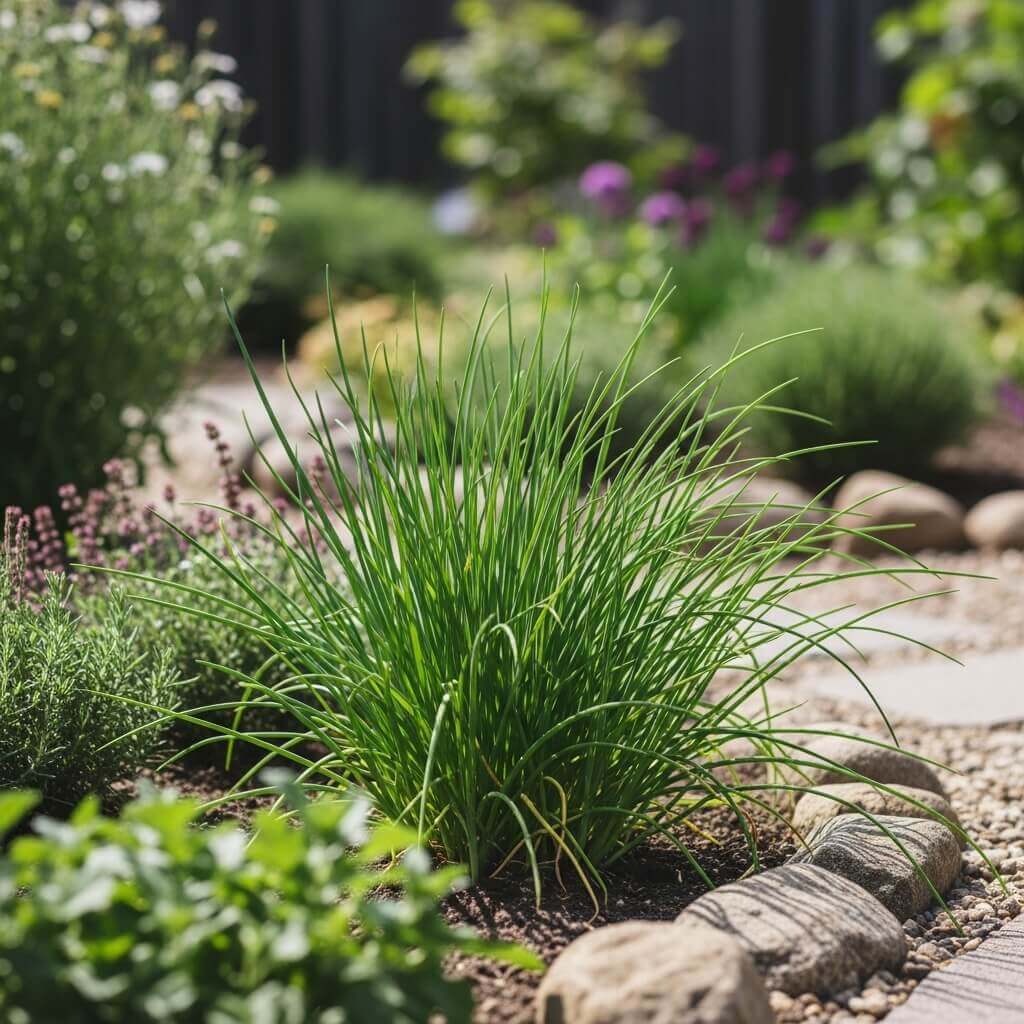
7. Oregano – The Italian Essential
Every pizza deserves a pinch of homegrown oregano. Plus, it thrives in neglected pots!
Benefits & Uses:
Oregano is packed with antioxidants and has strong antibacterial properties. It helps combat inflammation and pairs perfectly with tomato-based dishes, marinades, and grilled veggies.
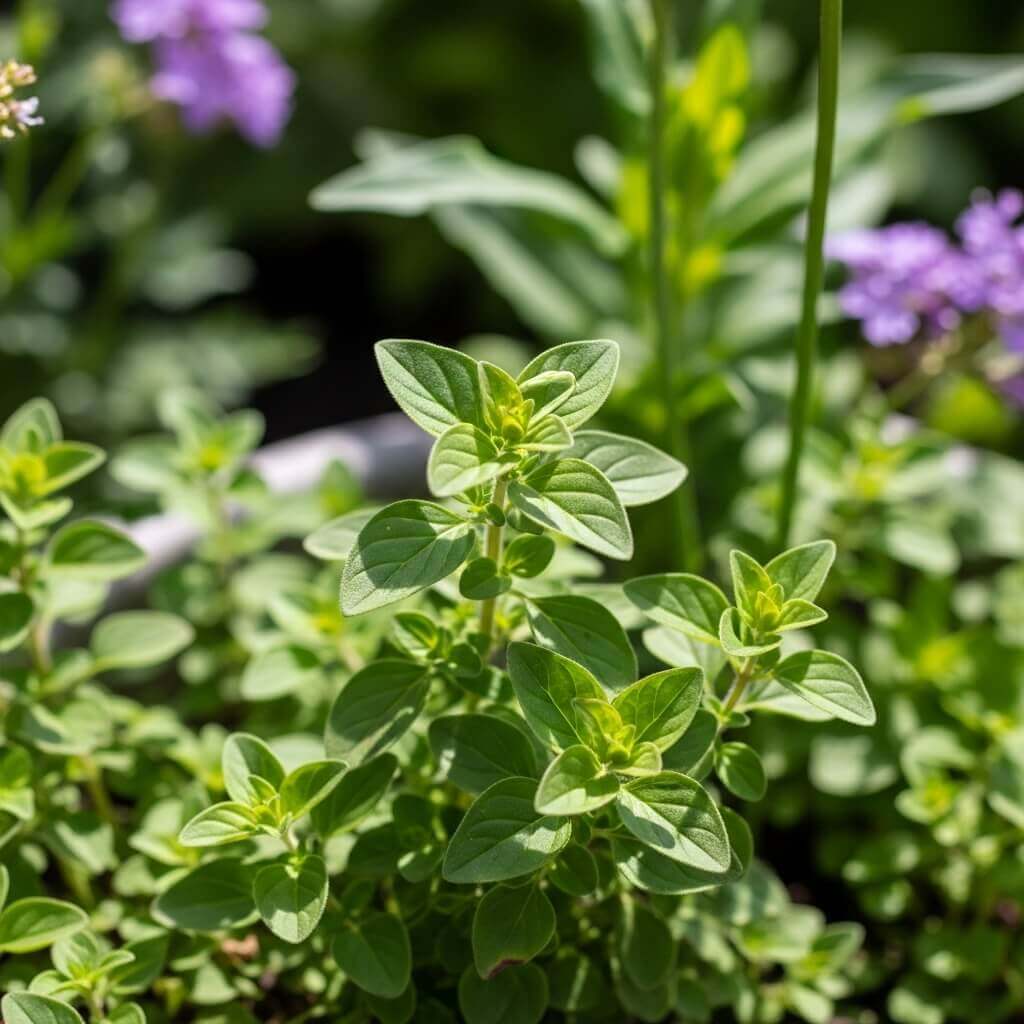
8. Dill – The Pickle’s Best Friend
Fresh dill transforms salads, pickles, and seafood into flavor-packed bites.
Benefits & Uses:
Dill aids digestion, reduces bloating, and supports sleep. It’s essential in pickling recipes, creamy dressings, and Scandinavian dishes.
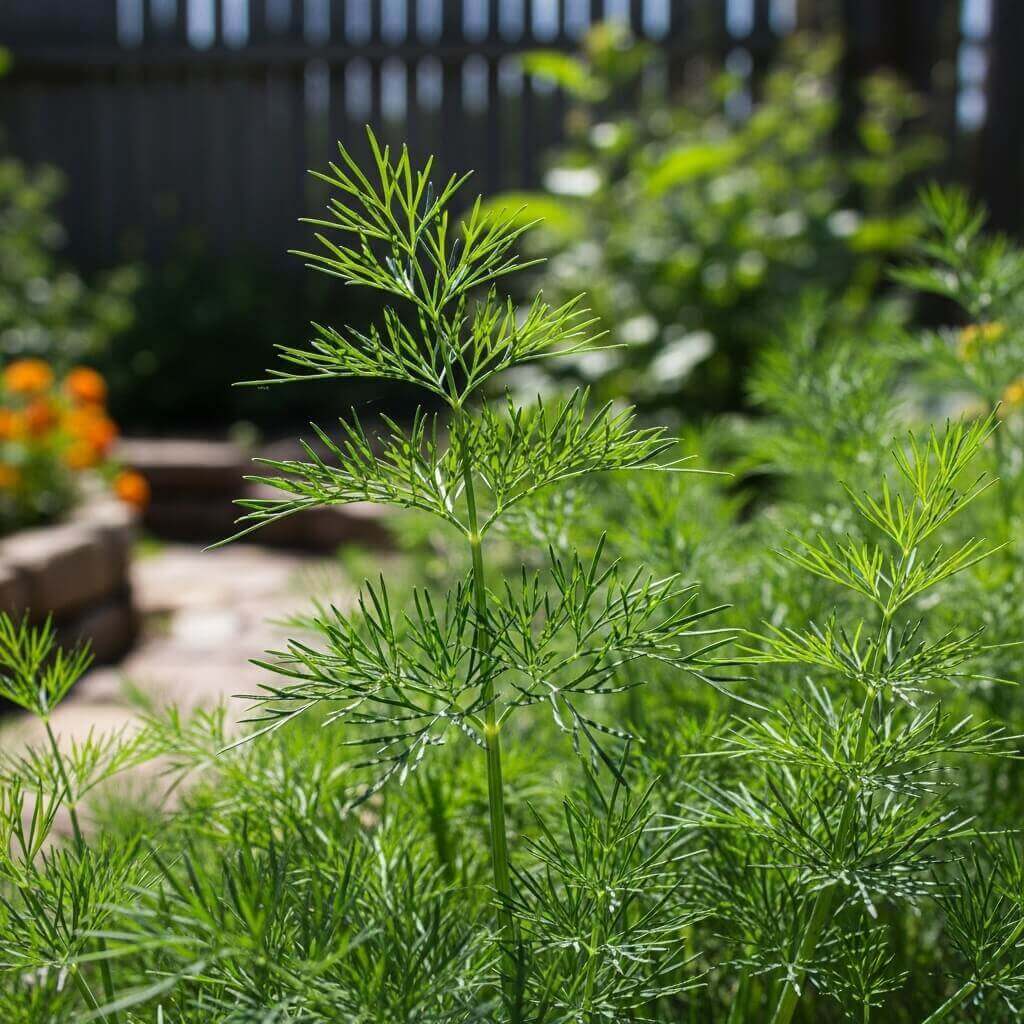
9. Cilantro – The Herb People Either Love or Fight Over
Cilantro lovers, rejoice! This herb is quick-growing and brings freshness to every dish.
Benefits & Uses:
Cilantro helps detoxify heavy metals from the body and is rich in vitamin A and K. Add it to guacamole, tacos, salsas, or curries.
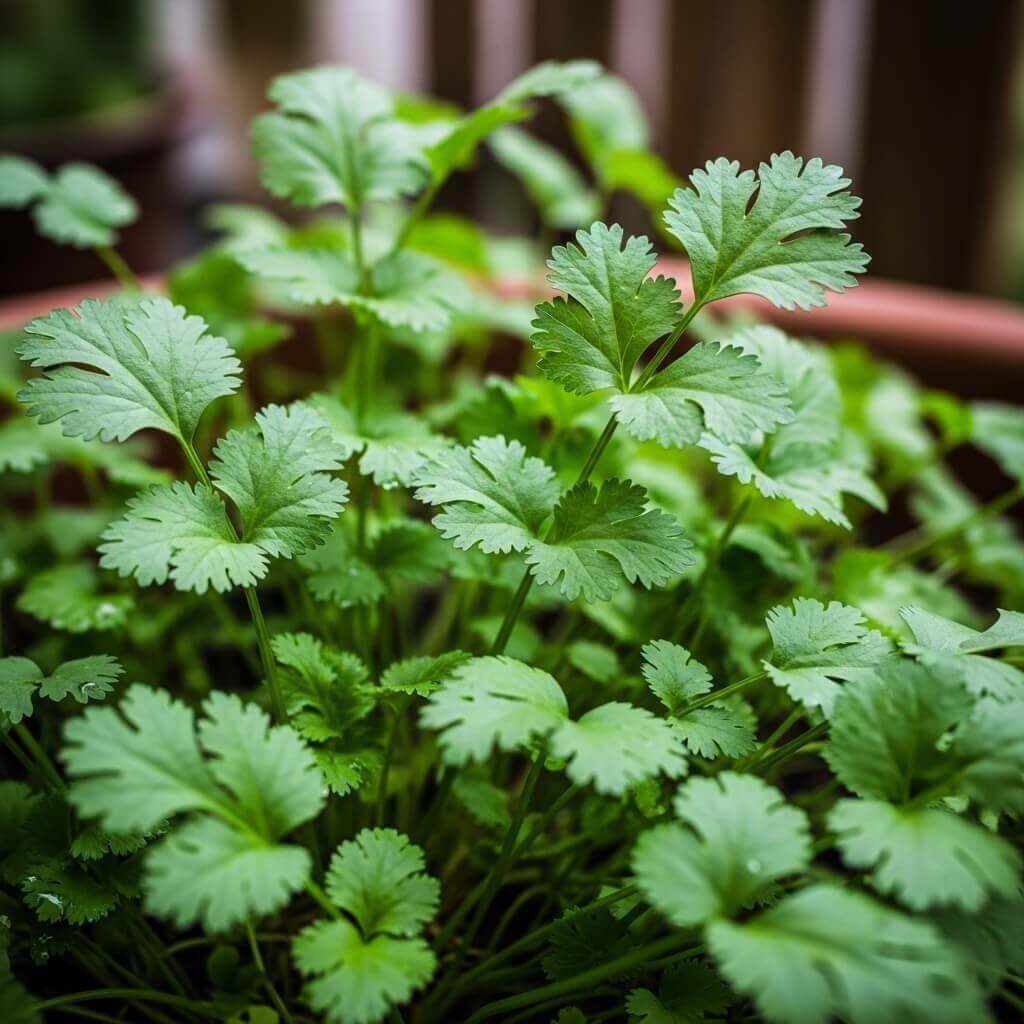
10. Lemon Balm – Citrus-Scented Calm in Leaf Form
Not only calming but also attracts pollinators. Win-win!
Benefits & Uses:
Lemon balm has calming effects, helps reduce anxiety, and improves sleep. Use it in teas, desserts, or as a gentle insect repellent.
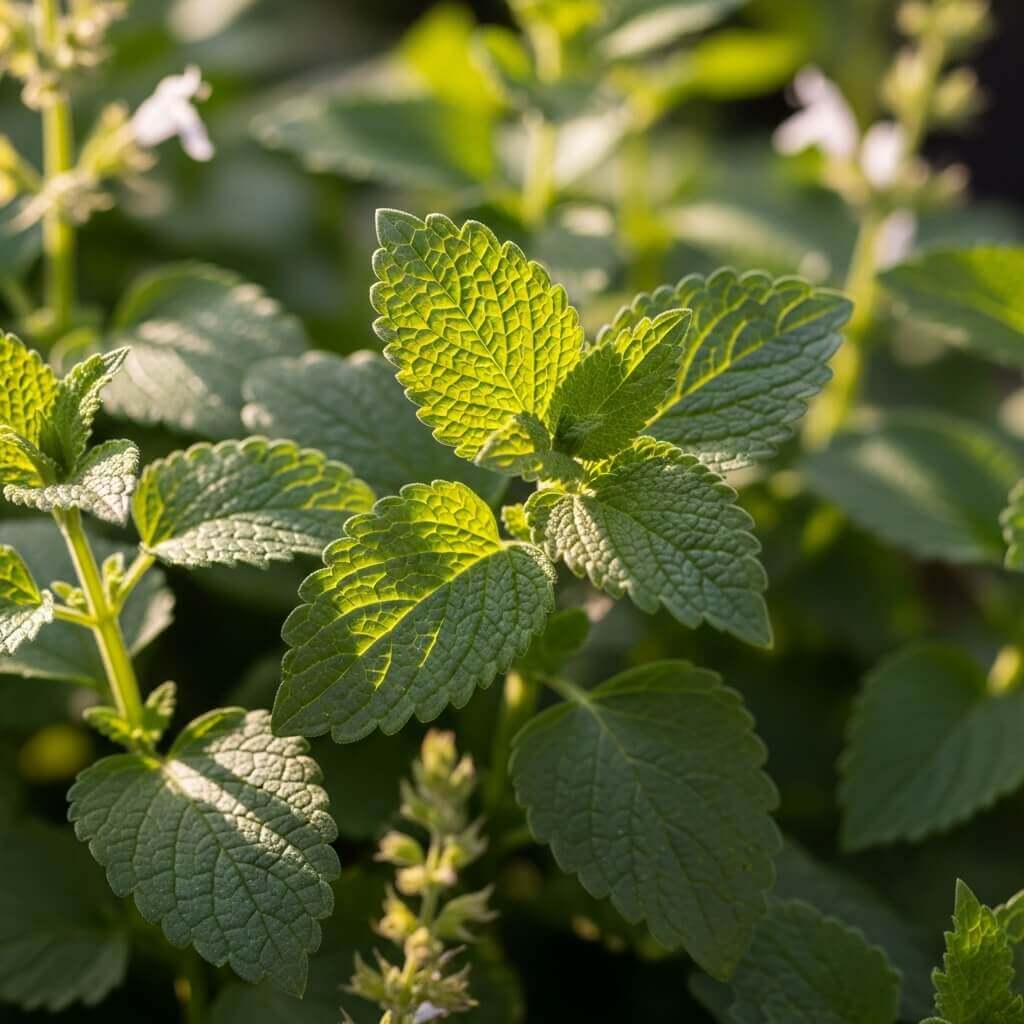
11. Tarragon – French Finesse in a Pot
Perfect for seasoning chicken, fish, or scrambled eggs.
Benefits & Uses:
Tarragon stimulates appetite, aids digestion, and has antimicrobial properties. It’s ideal in French cuisine, vinegars, and creamy sauces.
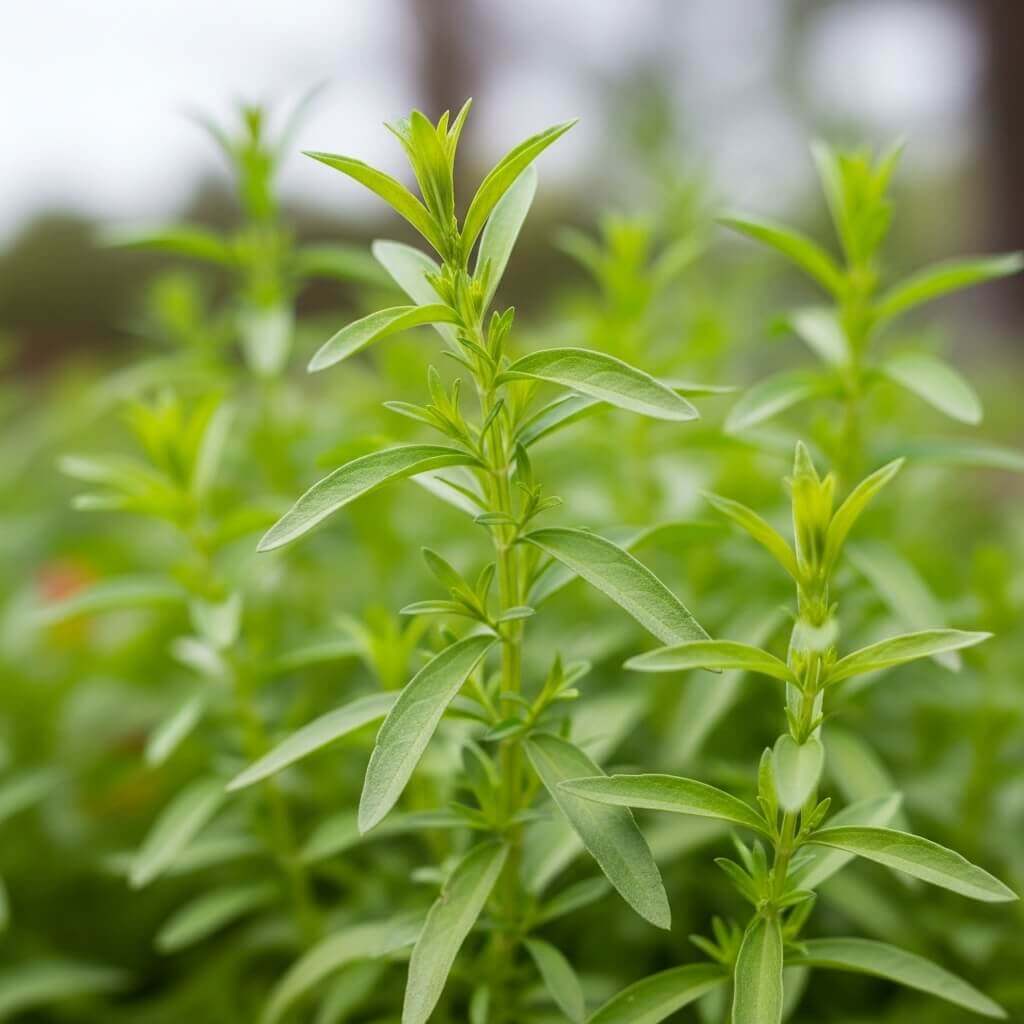
12. Sage – Aromatic and Autumn-Approved
Sage isn’t just for Thanksgiving stuffing. Add it to tea, pasta, or roasted veggies.
Benefits & Uses:
Sage has antioxidant and anti-inflammatory properties. It supports cognitive function and soothes sore throats. Add it to butter sauces or herbal teas.
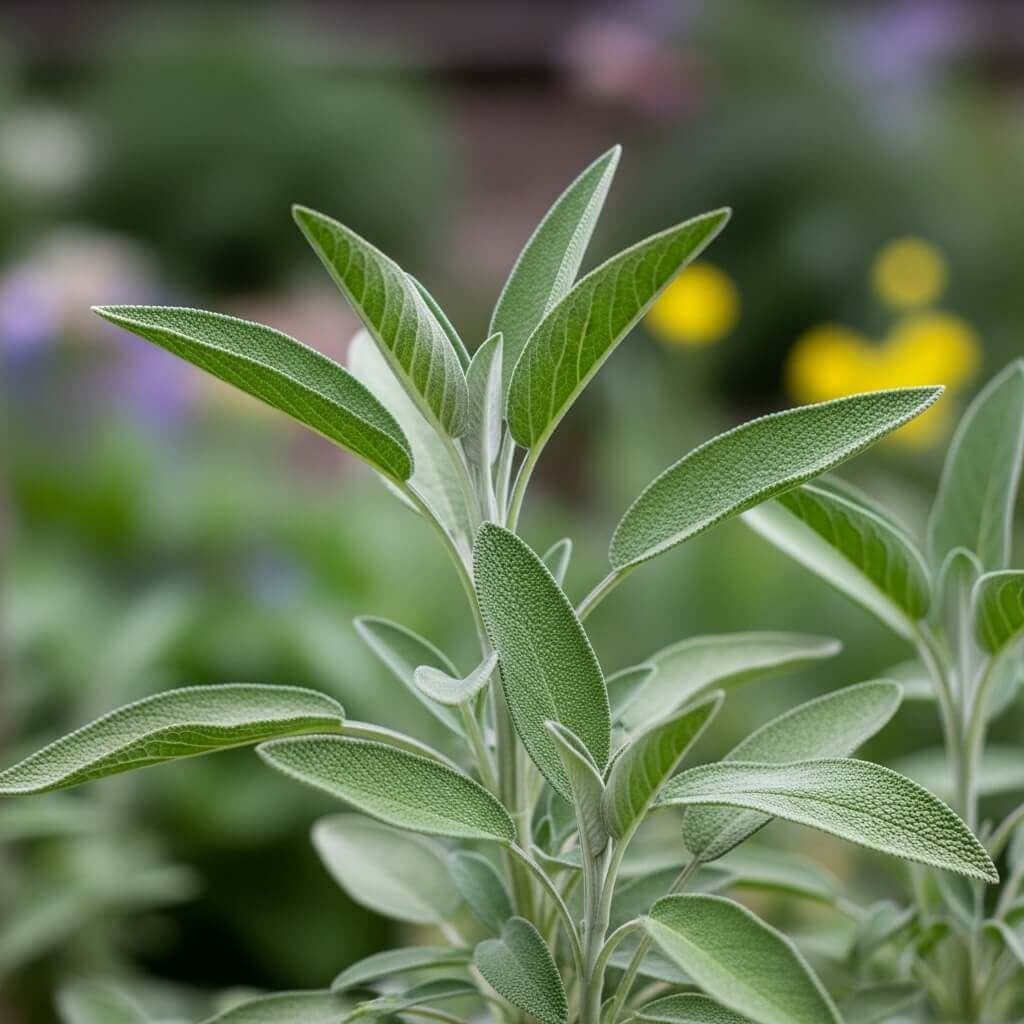
13. Lavender – Yes, It’s Edible Too!
Known for fragrance, but also works wonders in baking and teas.
Benefits & Uses:
Lavender relieves stress and anxiety, promotes restful sleep, and has antiseptic qualities. Use it in baked goods, lemonades, or homemade syrups.
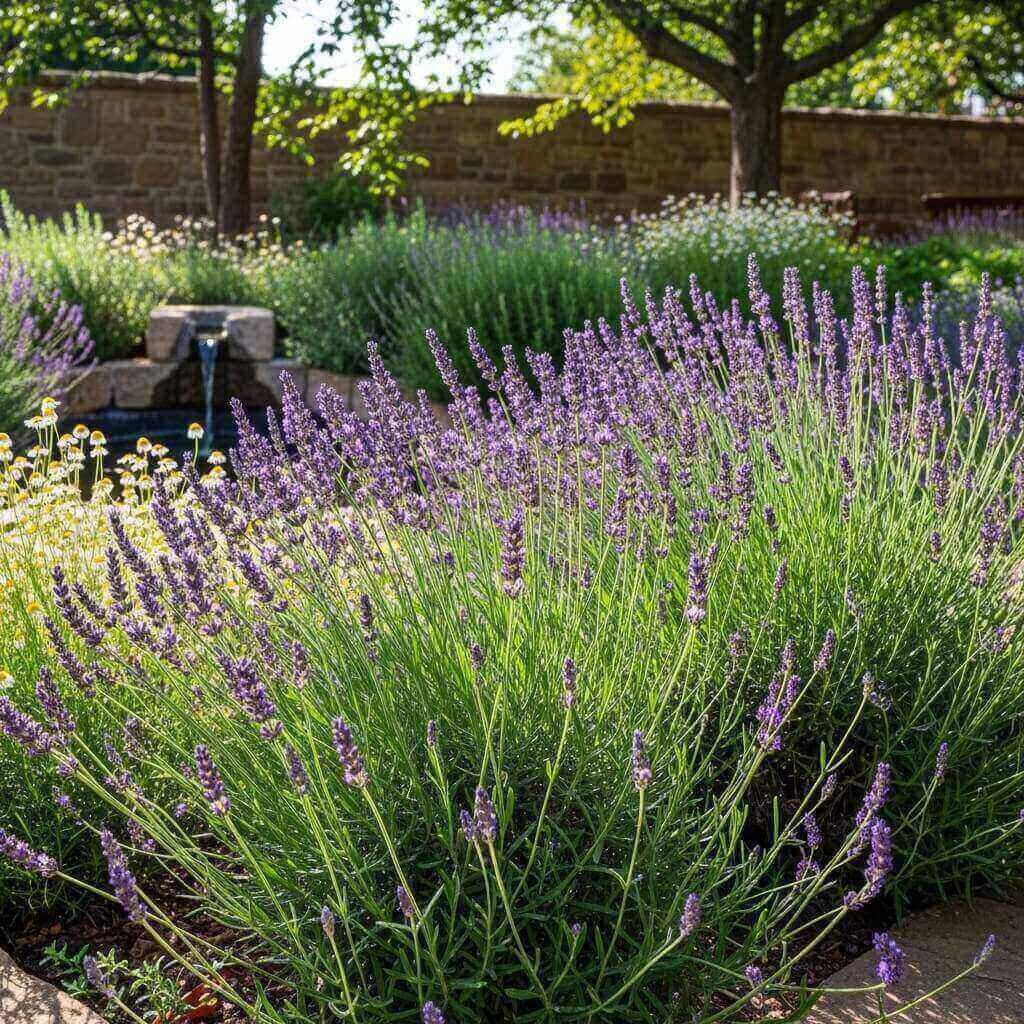
14. Bay Laurel – The Classic Soup Whisperer
Grow your own bay leaves instead of buying dried versions!
Benefits & Uses:
Bay leaves aid digestion and add deep flavor to soups, stews, and sauces. They also contain antimicrobial compounds.

15. Lemongrass – The Tropical Kick Your Cooking Needs
Perfect for Thai dishes, teas, and insect-repellent gardens.
Benefits & Uses:
Lemongrass supports digestion and reduces inflammation. It’s perfect for making teas, broths, or even essential oils.
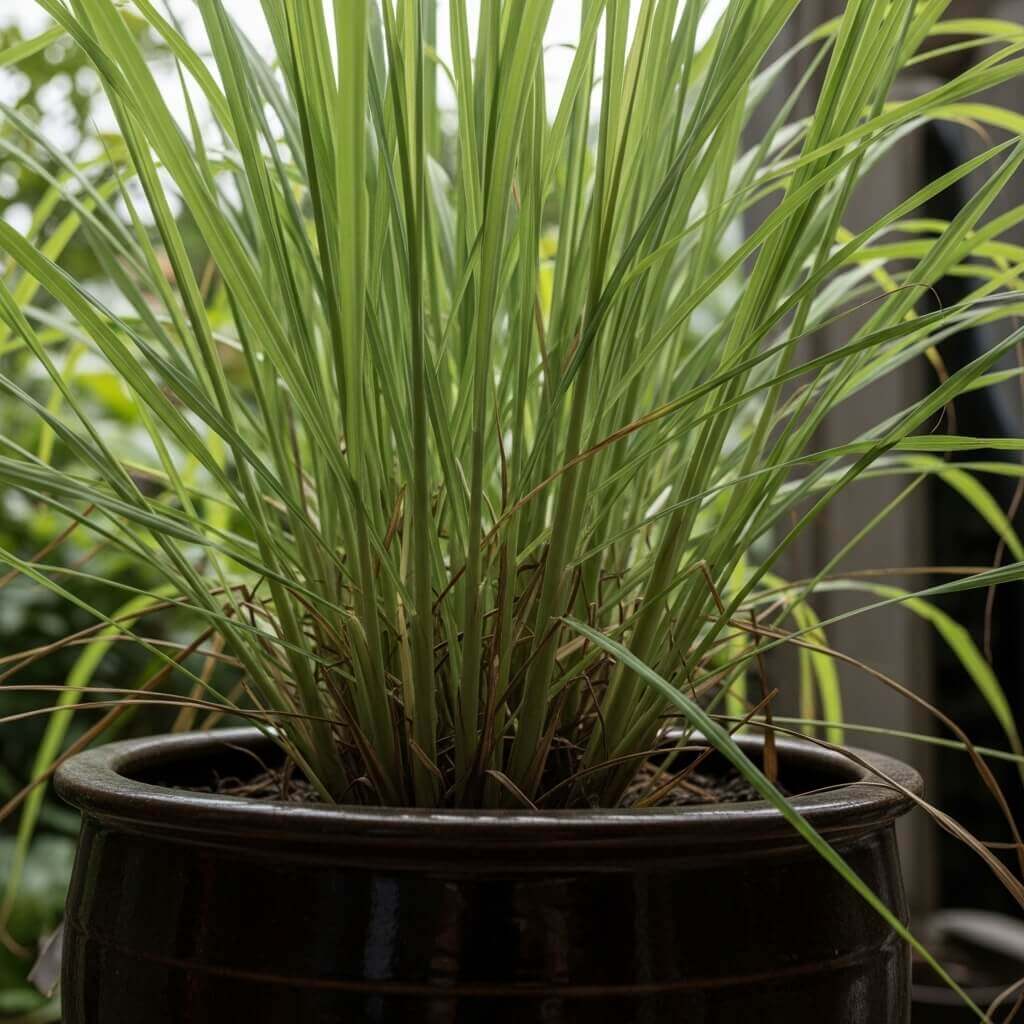
Helpful Tips for Success 🌱
- Use container gardening for easier maintenance.
- Group herbs by water needs.
- Place near a sunny window or use a grow light.
Also check our post on Red Flowers to Grow for more garden inspiration!
External Resource: University of Illinois Herb Growing Guide
Conclusion
There you have it—15 flavorful reasons to start your herb garden today. Growing these easy-to-grow herbs doesn’t just make your dishes taste better—it makes you feel better, too.
So go on, get your hands dirty and let your windowsill bloom with flavor. Because life’s too short for bland food—and store-bought herbs that wilt in two days.
Happy planting! 🌿
